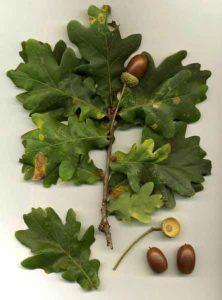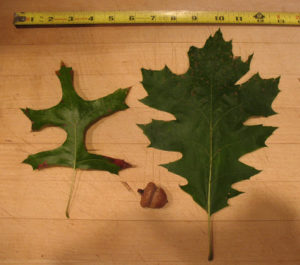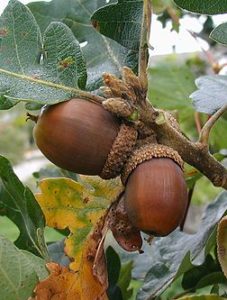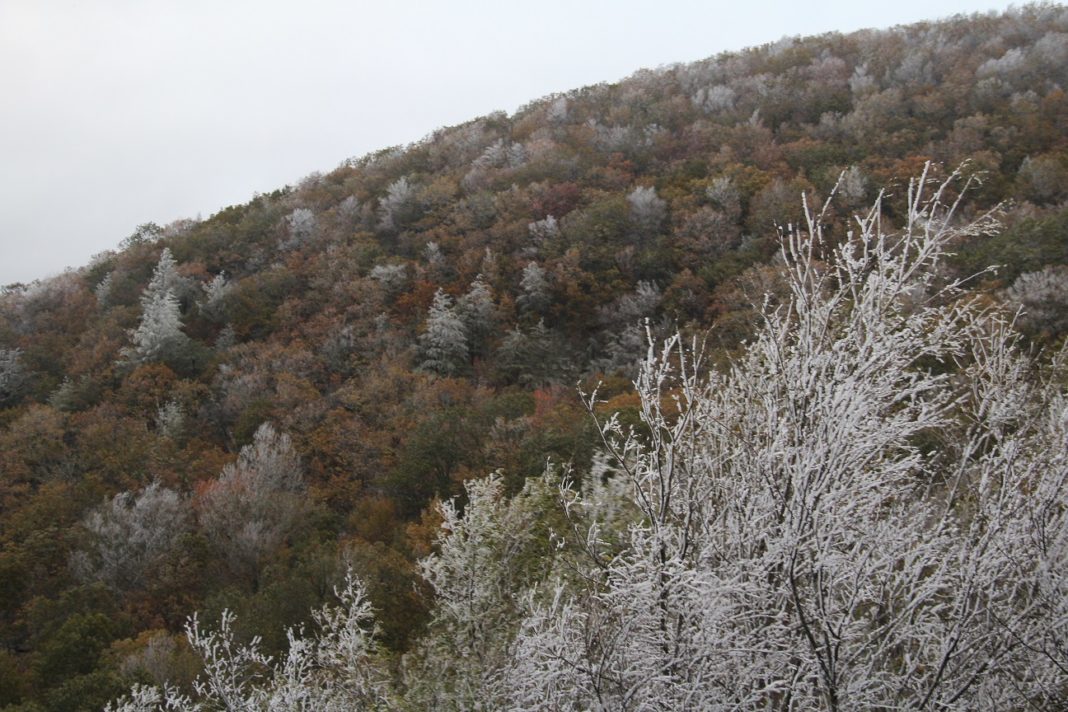Those dead, bleached-brown oak leaves rattling in a January wind, but somehow still clinging to their twigs, are symbolic. Like ecological pennants, they announce veins of food sources on the surrounding hillsides that are otherwise mixed in the color schemes of fall foliage. Winter is the best time to identify these oak flats that your deer were feeding on and cruising during the season. It is also a great time to assess the quality of natural habitat that is available and natural food sources the whitetails are frequently using on your property.
Putting The Pieces Together
I do most of my scouting and stand repositioning in the spring when I look for rubs, scrapes, and outlines of travel trails that are leftovers from the previous fall. This gives me an idea of how the deer were utilizing the area in the late season. However, you need to be mindful that their patterns in the late season may not be the same as they are in the early season. Also, this is a great time to find preferred oak flats and set up tree stands for the upcoming fall.
I am mindful that the information I gain from spring scouting might at times be more applicable to hunting in the following late season, and I stay out of the area as much as possible until I’m ready to hunt or have some hot most recent information (MRI) on a buck from either long-range scouting or trail cameras.


The Whitetail Checklist
Simply identify where the thick bedding areas are and where the primary food sources are located, keeping it in a constant notepad. This typically means finding white oak trees (white oaks have rounded-edged leaves whereas red oak trees have pointed edges). Red oaks are typically more bitter-tasting, so the deer leave them until the moist ground makes them more palatable. Knowing where the white oak trees are from my previous visit, I will then take ONE quick trip to visit and to glass those trees in that area during the summer to see if those trees are producing a good crop of acorns that year. This gives a much clearer picture when making scouting and hunting plans according to that season’s acorn crop.
When investigating acorns as a means of identification, things can get complicated and confusing. Still, there are some guidelines that remain fairly consistent. White oak acorns are commonly larger than red oaks. They can be as large or larger than the end of a man’s thumb, often in the shape of an inverted pear as the acorns hang from their pronounced cups. These cups will many times fall with and remain attached to the acorn head.

Scouting Smart
The main reason for consistent hunting success is a lot of scouting, and the key ingredient of successful scouting is effective glassing. Whatever your preferred method of glassing might be, remember that it’s not a race. Take your time to glass. Look closely. Who knows what might be lurking just beyond the reach of your naked eye. Aerial scouting has a huge advantage in that it frees up your time by eliminating 90 percent of a property before you even arrive. That’s time not spent wandering through the woods, getting poison ivy or battling mosquitoes. With time as our most precious commodity, this time-saving aspect is worth its weight in gold.



















![The Best Deer Camp Chili [VIDEO] Deer Chili Ingredients, Tomatoes, Chili Spices](/wp-content/uploads/2015/10/Deer-Chili-Deer-Camp-Recipe-218x150.jpg)
![How to Call Elk Early in the Season [VIDEO]](/wp-content/uploads/2016/08/byers003-218x150.jpg)





![Idiots Disturb Hunter: How Would You Have Handled It? [VIDEO]](/wp-content/uploads/2015/10/DSC00110-e1474487693878-100x70.jpg)
![Albino Buck Shocked to Shed His Antlers [VIDEO]](/wp-content/uploads/2015/10/AlbinoDeer-100x70.jpg)